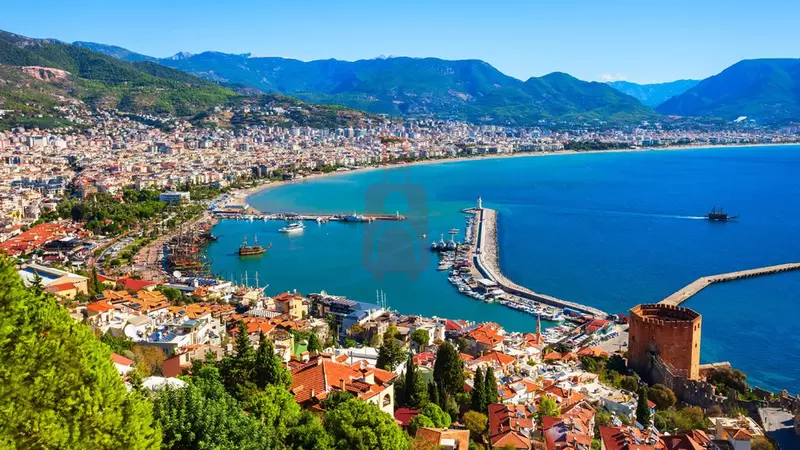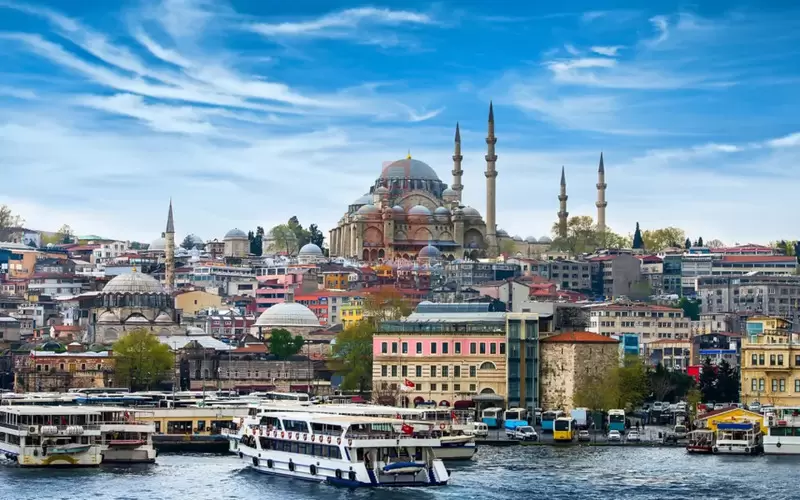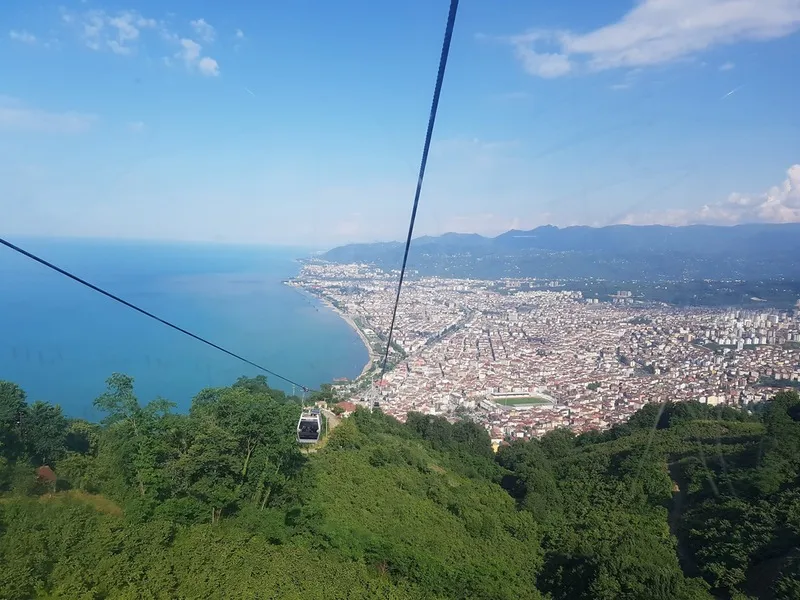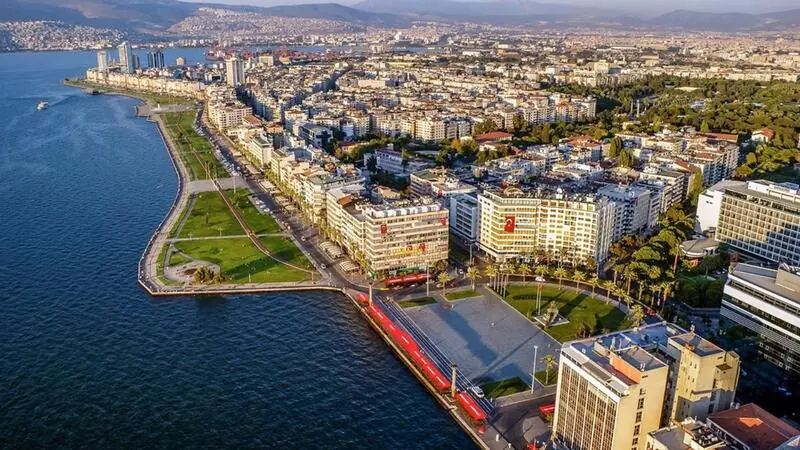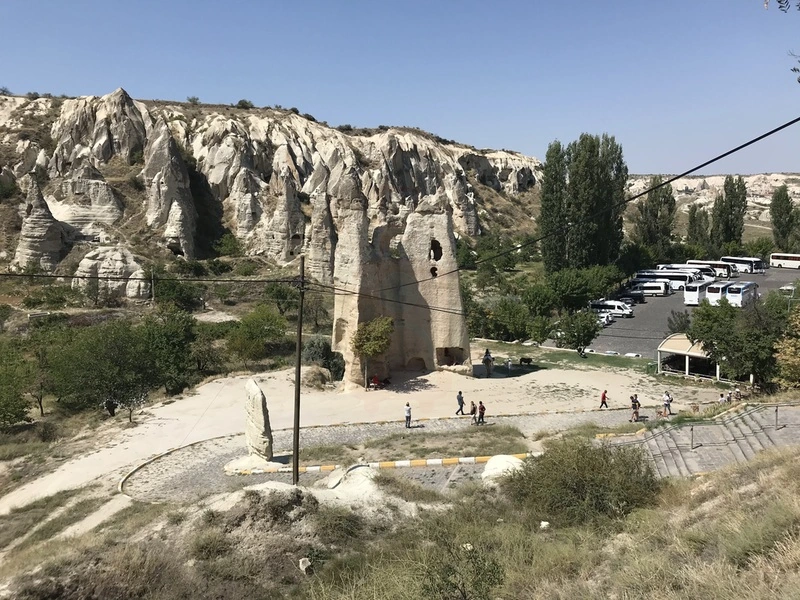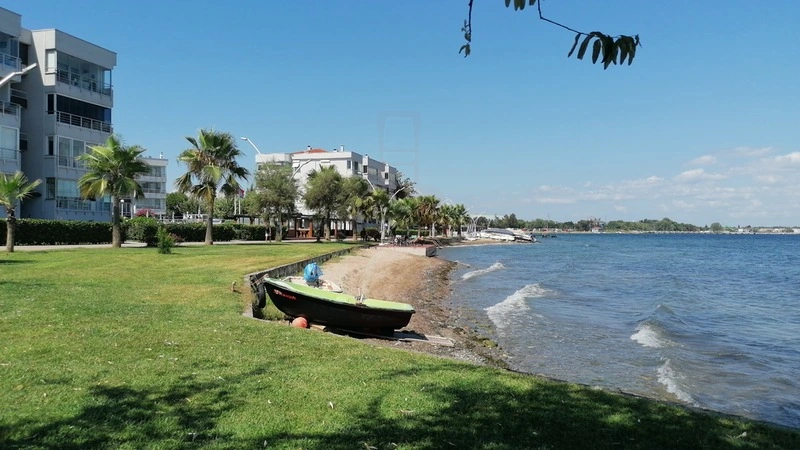
Rock Climbing in Türkiye: A Climber's Paradise of Limestone and Sun
Türkiye has quietly become one of the world's premier destinations for rock climbers, offering an exceptional blend of reliable weather, easy access, and thousands of high-quality routes across diverse landscapes. The country's primary climbing areas are centered around the stunning Mediterranean coastline, where massive limestone crags meet the sea, providing a perfect escape during the off-season months when much of Europe is too cold to climb. Whether you're a beginner seeking top-rope experience or a seasoned professional looking for multi-pitch challenges, Türkiye's climbing scene is both welcoming and demanding.
The geography of the country, shaped by ancient geological shifts, has gifted climbers with abundant, pocketed limestone, which offers fantastic grip and intricate movements. Combined with the famous Turkish hospitality, fresh local cuisine, and the ever-present historical context, a climbing trip here transforms into a profound cultural and sporting adventure.
The Jewel of Turkish Climbing: Geyikbayırı (Antalya)
The single most important destination for the international climbing community in Türkiye is [Geyikbayırı], located just 25 kilometers west of [Antalya]. This area is often referred to as the climbing capital of the country, thanks to its immense popularity, route density, and excellent infrastructure.
The entire area is set high in the [Taurus Mountains], which provides a crucial advantage: aspect variation. This means that no matter the time of day or year, you can usually find a wall facing the sun (for cold days) or one sheltered in the shade (for hot days). The climbing here is predominantly single-pitch sport climbing on superb grey and orange limestone.
Geyikbayırı boasts over 1,000 bolted routes, ranging from beginner-friendly grades (5a) all the way up to extreme difficulty (9a+). The concentration of routes in sectors like [Sarkıt], [Remzi], and the vast [Trebenna] area means climbers can spend weeks here without repeating a climb. The base camps and campsites around Geyikbayırı offer climber-specific accommodation, communal kitchens, and a uniquely social, international atmosphere, making it easy to meet partners and share information. The best season for Geyikbayırı is from October through May, avoiding the intense heat of the Mediterranean summer.
Coastal Crags and Deep Water Soloing: Olympos and Çitdibi
South of Antalya, the climbing moves closer to the sea, offering a spectacular combination of climbing and classic Mediterranean beaches.
Olympos: The Historical Climb
[Olympos] is famous for its preserved [Lycian ruins], its stunning beach, and its laid-back, treehouse-style accommodation. The climbing here is more diffused but offers stunning views and a direct link to ancient history. The limestone walls are easily accessible, and the atmosphere is more relaxed than Geyikbayırı. It’s an ideal spot for climbers traveling with non-climbing partners, as there is plenty to do, from hiking to the eternal flames of the [Chimera] to exploring the ruins. The grades here are varied, focusing mostly on the mid-range (6a to 7a).
Çitdibi: The Powerhouse
Located further north in the mountains above Antalya, [Çitdibi] offers some of the most challenging and physically demanding routes in Türkiye. It is known for its massive, overhanging caves and powerful lines, attracting top-tier climbers from around the globe. This area is essential for climbers operating in the higher grades (8a and above) and is best visited during the cooler parts of the spring and autumn due to its remote, sun-exposed location.
The Ultimate Adrenaline Rush: Deep Water Soloing (DWS)
For the ultimate summer climbing adventure, Türkiye offers world-class Deep Water Soloing (DWS)—climbing routes bolted directly over deep water, eliminating the need for ropes. If you fall, you simply splash into the clear, warm Mediterranean Sea. The most famous DWS location is around [Kaş] and the tiny island of [Kekova].
Climbing DWS requires a unique boat-based approach, as routes are accessed by sailing along the coastline. The routes typically follow steep, juggy limestone, providing exhilarating vertical challenges. DWS is strictly a summer activity (June to September) when the sea is warm enough to sustain a fall from height, making it a perfect complement to any multi-sport holiday on the coast. Several local tour operators in [Kaş] offer dedicated DWS boat trips for climbers of all levels.
Eastern Crags: The New Frontiers (Mersin & Erzurum)
While the Mediterranean coast dominates, new and exciting climbing areas are continually being developed, showcasing Türkiye's vast potential.
Mersin: Cozy and Developing
The area around [Mersin] and [Adana] features developing crags like the [Kayacı Valley], offering a quieter alternative to the crowds of Antalya. The limestone here is also high quality, and the local community is actively bolting new routes, making it an excellent spot for climbers looking for off-the-beaten-path exploration and a more authentic regional experience. The season here is similar to Antalya, running from late autumn through mid-spring.
Erzurum: Alpine Training
Far removed from the coastal sun, [Erzurum] and the surrounding alpine regions offer traditional (trad) climbing and mountaineering opportunities, particularly around [Mount Palandöken]. This is a destination reserved for highly experienced climbers seeking challenging granite and metamorphic rock formations, often requiring ice axes and winter gear. It serves more as an alpine training ground than a casual climbing vacation spot.
Planning Your Climbing Logistics
A climbing trip to Türkiye requires careful planning to maximize time and enjoyment:
- Gear: Bring your full rack of quickdraws (15-20 is standard), rope (70m is recommended for many Geyikbayırı routes), and all personal gear. Most camps offer rentals, but selection can be limited.
- Accommodation: [Geyikbayırı] offers several excellent, climber-focused campsites and pensions. These spots are community hubs, making partner finding easy. Reservations are highly recommended during peak season (Christmas/New Year and Easter holidays).
- Transportation: Having a rental car is highly recommended, especially in the Antalya region, as it provides the flexibility needed to reach various climbing sectors and explore different towns like Kaş and [Kemer]. Public transport options are limited outside of the main city centers.
- Water and Sun: Even in winter, the sun can be intense. Always carry plenty of water, especially when climbing on sun-exposed walls, and use high-factor sunscreen.
From the sun-baked, pocketed limestone of the Mediterranean to the social atmosphere of the climber camps, rock climbing in Türkiye offers a powerful and rewarding blend of physical challenge and natural beauty. It’s truly a world-class destination that delivers unforgettable experiences for climbers of every grade.
